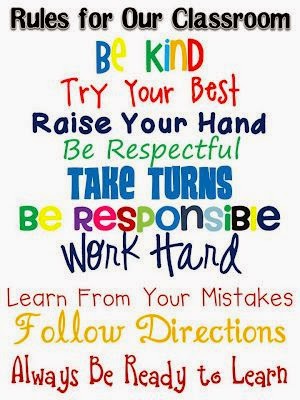Hello and Welcome to UPK !
I will try my best to update and post school related information as I receive it.
September 7th- First Day of School- 8:30am
September 12th- Open House- 6pm
September 19th- Students Off for Teacher PD
September 28th- Family Fun Literacy Night
I will try my best to update and post school related information as I receive it.
September 7th- First Day of School- 8:30am
September 12th- Open House- 6pm
September 19th- Students Off for Teacher PD
September 28th- Family Fun Literacy Night
_________________________________________________________________________________
Universal Pre-K Mission
The MPB Universal Pre-Kindergarten program provides a premier educational experience for our students. Our goal is to help our students build active minds, healthy bodies, and happy hearts.
Classroom Values
Integrity – Classroom code of conduct
Fairness – Treating others with respect
Social Responsibility – Giving without expecting
Enthusiasm – Participating with passion
Our program supports student's
social-emotional, cognitive, and physical development through hands-on learning. We follow
Pre-k Common Core State Standards for ELA and Math and as well as Creative Curriculum. We send our day learning through purposeful play centers!
I will aim to seamlessly integrate our classroom management strategies into our daily routine so that it becomes second nature to our students. I will use positive reinforcement and establish consistent routines that begin as soon as our students enter the classroom. We have our daily schedule posted for our students to visually follow their day, a "stop light" to establish safe behavior in the classroom, and our special classroom phrase for all eyes on me, “give me 5”, that signals to the students that they need to stop and listen to the speaker (teacher or adult in the room) for direction.
I use positive reinforcement such as the phrase; “you are a good friend”, that is an act of recognizing and praising for our students who have done something good, such as helping a peer or doing a great job in learning centers. This technique is intended to establish a group culture in which learning accomplishments and positive actions are socially valued and rewarded.
I have many transition cues as well that are techniques in which we establish a set routine that our students learn and can execute quickly and repeatedly without much direction from us. For example,"hands on top, everybody stop!" or “reading time,” our students know that they are expected to stop what they are working on, put away their materials, get their books, and begin reading silently on their own. This technique helps to maximize instructional time by reducing the disarray and delay that might accompany transitions between activities.
I use positive reinforcement such as the phrase; “you are a good friend”, that is an act of recognizing and praising for our students who have done something good, such as helping a peer or doing a great job in learning centers. This technique is intended to establish a group culture in which learning accomplishments and positive actions are socially valued and rewarded.



















































